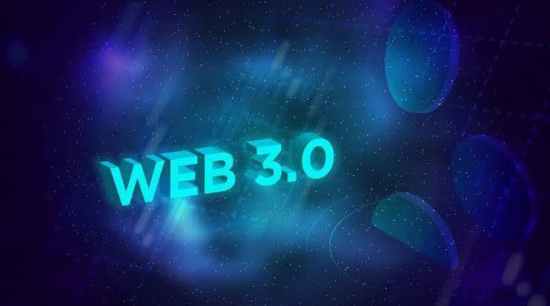Web3.0 in insurance Part 1: Futuristic or panacea?

Web 3.0 is founded on a substrate of edge computing, machine learning and decentralized data architecture. This decentralization of data hinges on blockchain technology to create an open, secure and transparent workscape, enabling participants on the network to interact sans intermediaries, while ensuring that data ownership resides with users. The expectation for Web3 is to drive efficiencies in the financial system and deliver a smarter UX.
Web3 is already transforming the way financial and tech companies interact with customers.
For HSBC Holdings Hong Kong, Web3 has enabled the provision of hyper-personalized insights in their wealth management business, offering 22,000 different combinations of personalized wealth recommendations on portfolio rebalancing to individual customers. The effect: conversation volume increased tenfold. For tech players, Web3 offers a means to extend financial services to customers, enhancing the overall user experience. Tencent Holdings has used the technology to enable embedded finance. Berlin-based wefox is applying contextual analytics on the vast volumes of data from multiple customer devices.
Web3 promotes decentralized protocols and is designed to reduce dependency and control by big tech companies. Unlike Web 2.0, where data and content were centralized in few companies, Web3 is the decentralized web. Marked by decentralized apps, decentralized finance (DeFi) like cryptocurrency , and distributed ledger technology, Web3 offers benefits of anonymity, privacy and freedom in transactions.
The desire for more transparent, fairer relationships is fueling the growth of Web3. Global DeFi adoption is expected to continue to scale rapidly. Insurance organizations need to gear up, as the availability of Web3 insurance would likely stimulate the next big rush of vast user bases to enter the DeFi world. Web3 creates better alignment and behavior in insurance, the community being both the underwriter and the user. Some estimates show that the total value locked could grow from the current $275 billion to $785 billion, even if a conservative 30% CAGR were to be considered. Assuming a 10% insurance penetration rate, that is a $78 billion market.
In a Web3 backdrop, metaverse complemented with crypto usage is pushing forward the concept of an immersive virtual world. It may be years before a vision of metaverse is fully realized. But it could very well be the successor to the mobile internet. In 2021, over US$7.7 billion worth of cryptocurrency was stolen by fraudsters worldwide, an 81% rise from 2020. Cyber insurance covers such needs and could potentially expand to include data theft when a user moves from one metaverse to the next. Futurists envisage a world where life insurance would be sold to avatars in the metaverse, whereby an avatar’s death signifies an actual loss to the user.
There are still challenges to broad consumer adoption of DeFi. For instance, DeFi’s growth is contingent on a solution to the oracle problem — the fact that blockchains cannot natively access the external data needed to develop complex applications. Another obstacle is an intuitive, accessible user experience (UX). Additionally, enterprise organizations have to contend with a lack of clarity around the potential primacy of individual blockchains. The most recently available data from 2019 estimated that there were over 800 unique chains.
Evidently, Web3 holds immense potential in financial services and insurance. While we can only speculate on the contours of Web3 insurtech, companies who learn from Web2 failures have the best chance of prevailing. Decentralized insurance surpasses capabilities of centralized insurance by virtue of solving intrinsic trust issues that exist and will continue evolving. Be it developed or emerging economies, pragmatic government policies have constrained traditional insurance options for people needing it most. As with most innovation, mass adoption will require universal regulations and standards, while addressing extant concerns of laundering, terrorism financing, data control, safety and trust.
In Part 2, the focus is on forerunners in the Web3 insurance world.
You get 3 free articles on Daily Fintech. After that you will need to become a member for just US$143 a year (= $0.39 per day) and get all our fresh content and our archives and participate in our forum.
